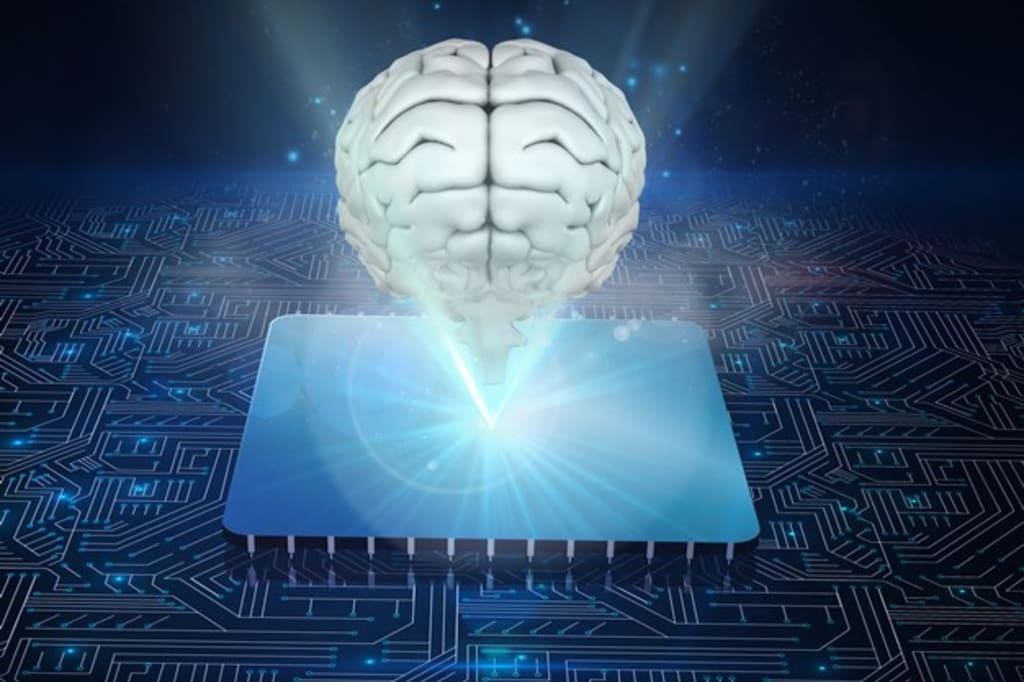What is Neuromorphic Computing and How Does Neuromorphic Computing Work?
Neuromorphic Computing - Human Brain

You’ve probably heard of the term “neuroscience” and have probably looked at one or even two papers from your high school biology class. However, we are not here to talk about neurobiology itself — that is a very different kind of science entirely. Rather, this article will focus on the practical aspects (and technical difficulties) of implementing neuromorphic computing — the idea that computers could be engineered to emulate human intelligence. This article is intended for those who desire to learn more about neuromorphic computing. Our understanding of these ideas has evolved since our last post, but we hope to continue to update readers as we progress in our quest to help you with your personal development as an engineer.
Neuroscience and its impact
Neuroscience, by definition, deals with the brain and nervous system, and their role in cognition. It usually involves a discussion of how the brain produces stimuli and responds to them. There is still much to learn about neurons but it’s fair to say we can fairly estimate what they do. Their primary function is information processing; the way they process data varies according to which types of connections they have with other neurons. They also differ in size, shape, complexity, signaling, and function. For example, there have been proposals for hardware designs that have greater parallelism, higher speed, less latency, faster computing and storage, and shorter run times than current silicon. We also know that neurons that fire together tend to perform better than single neurons firing alone.
Some believe neuromorphic computing could potentially change the world. Others argue against it because it could lead to more expensive batteries, poor signal quality, slower processors, higher power consumption, etc…
How neuromorphic computing works
Neuroscience researchers propose a variety of computer models that make use of neuromorphic computing principles. While some people would like to see these systems go into production, there is no consensus on whether they are feasible or desirable for widespread adoption. The main difference between neuromorphic computing and modern chips is that neuromorphic chips need to operate without needing to be plugged into a battery; in contrast, chips that include integrated circuits typically do require a plug-in connection.
Neurotically inspired computing has many advantages over conventional computing. First, neuromorphic computing reduces electrical power consumption. One neuron consumes less than 100 times fewer electrical charges per second than the same amount of energy consumed by a CPU chip. Second, neuromorphic computing does not require physical space. As opposed to using hard drives as file devices, which could cause issues with regard to noise, neuromorphic systems do not require any additional space. In addition to being extremely fast, neuromorphic systems allow us to control such things as memory storage, cache memory, and I/O devices. Finally, because neuromorphic computing allows us to create and program custom logic that controls various components, it makes programming harder (unless we want to write code for everything). A neuromorphic system can handle many different algorithms, including many simple and complex algorithms, making coding more attainable for those of any skill level.
A neuromorphic computing system consists of several nodes. Each node may consist of an independent circuit that takes input data from another node. Different elements within a neuromorphic circuit may vary based on the type of input data that flows through them. The most common type of neuromorphic circuit is either a perceptron or a NAND gate. Both of these gates take values from each other and use them to produce states — states in turn that take an input value to yield a new output value. Since these two types of logic function on only one node, the result is called a NAND Gate. Because each of the individual nodes in this model produces states that are dependent on the state of another, the results produced are known as Multi NAND Gates. These nodes are connected to the rest of the model via synapses, allowing the model to act as if it were a real-world computer. Neurotically inspired computing thus enables us to implement complicated computations in a form that has a number of benefits over conventional computing.
NAND Logic
A neuron-based logic is used to implement almost all computations. Whether implemented as a Neuronically Inspired Computing System (NICS) or an Integrated Circuit (IC), both processes use four gates. Like traditional binary computing, one and two logic gates, as well as the other two, combine to return an output. Unlike previous decades when logic gates made up of transistors were employed, modern logic gates use NAND gates. A general architecture of a NAND gate includes 4 transistor NAND, where each transistor can hold one bit of data. An adder and a parallel summing device connect the transistor NAND to a capacitive element C. When the transistor holds either a 1 or a 0, it pushes a small amount of charge into the capacitor. When the transistor holds a zero, a small amount of charge cannot enter the capacitor and so the capacitor can be recharged to fully charge again, causing a discharge from the capacitor. When the transistor holds a 1, it pushes a larger amount of charge into the capacitor, providing enough charge to increase the stored charge of 1, and holding the result is the result. Similarly, a NAND gate that contains 2 transistors connects the 2nd transistor to a capacitor. When the transistor holds an H, it pushes a large amount of charge into the capacitor while holding the result is, in turn, the NAND gate that contained the two transistors. All four transistor NAND gates are connected to each transistor via diodes to ensure that both the first and the second transistors will receive sufficient voltage.Click here to Read More...
About the Creator
Technogibran
www.technogibran.com is a blog about technology and the Health.
Enjoyed the story? Support the Creator.
Subscribe for free to receive all their stories in your feed. You could also pledge your support or give them a one-off tip, letting them know you appreciate their work.






Comments
There are no comments for this story
Be the first to respond and start the conversation.